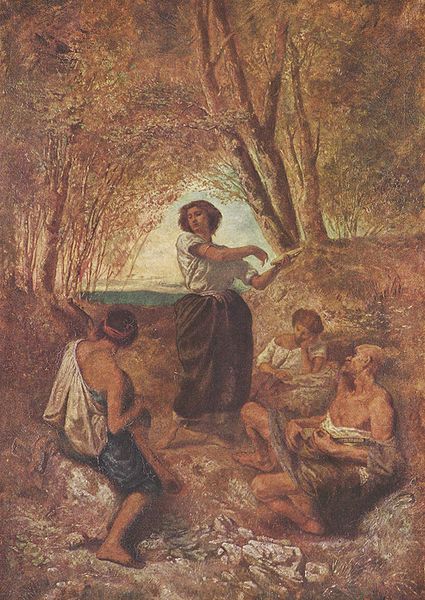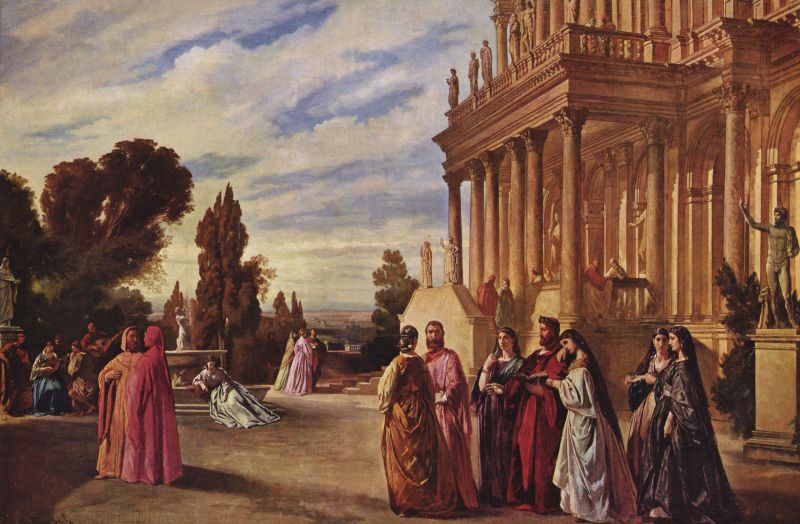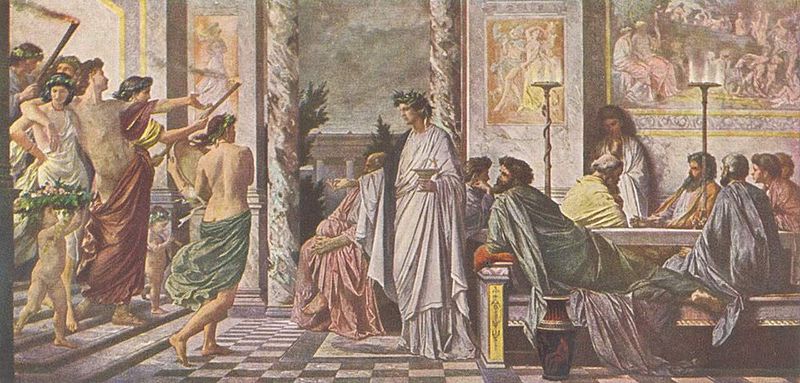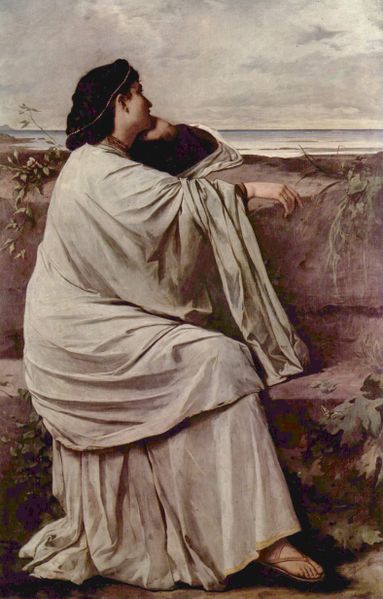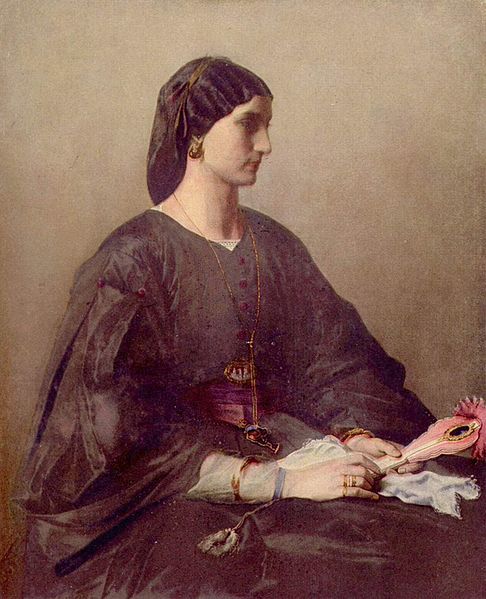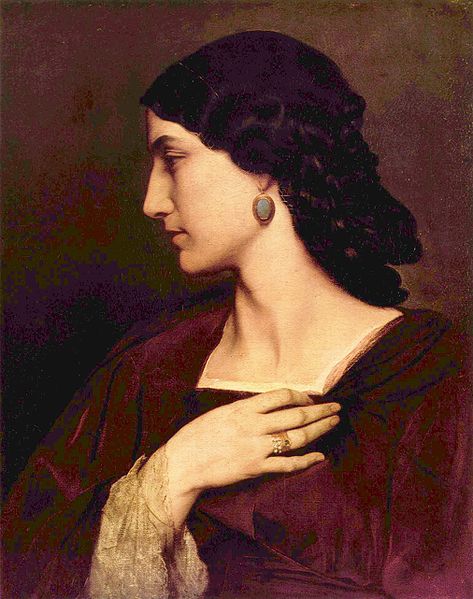<Back to Index>
- Explorer Henry Hudson, 1560/70s
- Painter Anselm Feuerbach, 1829
- King of France Francis I, 1494
PAGE SPONSOR
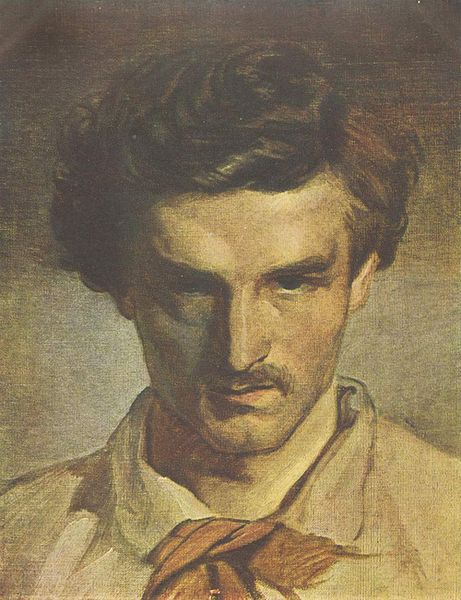
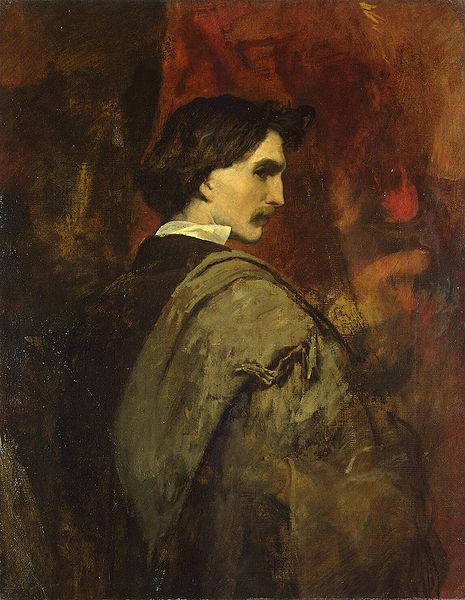
Anselm Feuerbach (September 12, 1829 – January 4, 1880) was a German painter. He was the leading classicist painter of the German 19th century school.
Feuerbach was born at Speyer, the son of the well-known archaeologist Joseph Anselm Feuerbach and the grandson of the legal scholar Paul Johann Anselm Ritter von Feuerbach.
After having passed through the art schools of Düsseldorf and Munich, he went to Antwerp and subsequently to Paris, where he benefited by the teaching of Couture, and produced his first masterpiece, Hafiz at the Fountain in 1852. He subsequently worked at Karlsruhe, Venice (where he fell under the spell of the greatest school of colourists), Rome and Vienna where he associated with Johannes Brahms.
Disappointed with the reception given in Vienna to his design of The Fall of the Titans for the ceiling of the new Artists' House Museum, he went to live in Venice, where he died in 1880. According to the 1911 Encyclopædia Britannica: He was steeped in classic knowledge, and his figure compositions have the statuesque dignity and simplicity of Greek art.
He was the first to realize the danger arising from contempt of
technique, that mastery of craftsmanship was needed to express even the
loftiest ideas, and that an ill-drawn coloured cartoon can never be the
supreme achievement in art. His works are to be found at the leading public galleries of Germany. Stuttgart has his Iphigenia; Karlsruhe, the Dante at Ravenna; Munich, the Medea; and Berlin, The Concert, his last important picture. Among his chief works are also The Battle of the Amazons, Pietà, The Symposium of Plato, Orpheus and Eurydice and Ariosto in the Park of Ferrara.
